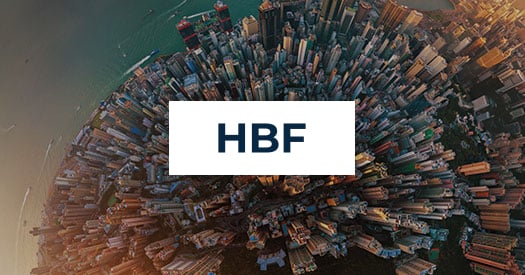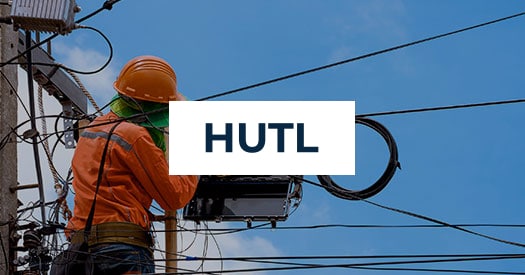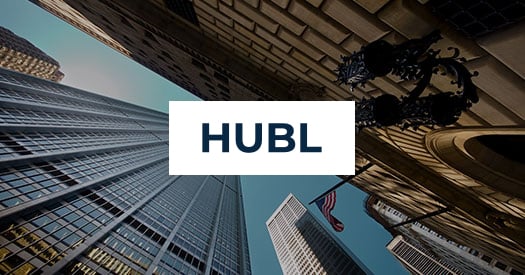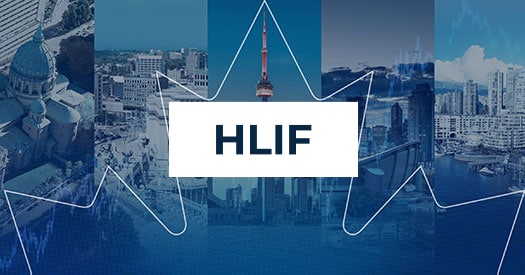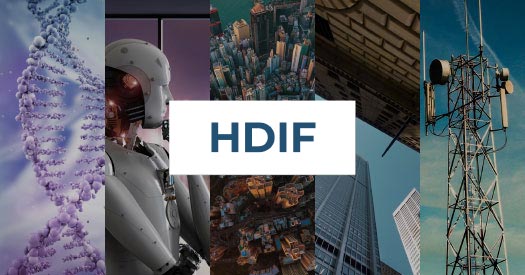Investors have had few places to turn in 2022. A slowing growth outlook at the start of the year was followed up by massive geopolitical instability, the onset of high inflation, and now a steady march of central bank rate hikes wreaking havoc on most traditional asset classes. The US Treasury’s Office for Financial Research (OFR) recently reported that due to this volatility, market strain is at its highest point since the COVID-19 pandemic began.
But, a lesson in history tells us that markets will recover and resurge. So, what strategies can investors look for when looking to weather the short-term and capture the eventual recovery?
Can investment income help?
While safe havens have been hard to find this year, at Harvest ETFs we have advocated for investors to consider equity income ETFs as a source of balance and stability in otherwise rough waters. These ETFs hold portfolios of equities, but pay high cash distributions generated through covered call option writing strategies which can even monetize volatility when actively managed. The investment income these ETFs pay can help investors meet the rising cost of living, or contribute to total returns in a year when those are hard to come by.
One equity income ETF combines six underlying equity income strategies into a single high-yielding investment with a hugely diversified portfolio.
Why diversification matters for defense
The Harvest Diversified Monthly Income ETF (HDIF:TSX) holds an equal weight position in six Harvest ETFs:
That means HDIF holds an allocation towards tech, healthcare, utilities, banking and the largest brands in both Canada and globally – all with a large-cap bias. Each of those sectors has their own sets of tailwinds and risk, but holding them in a single ETF offsets some of their sector-specific risk while offering exposure to large companies known for stability and long-term returns.
That broad-based diversification, biased towards large-cap industry leaders, is a tried strategy for weathering difficult periods in the market. While there are no guarantees in investing, and this portfolio has not been immune from 2022’s volatility, its diversification has helped its performance relative to broad markets.
Combined with the income benefits outlined above, diversification could help when markets turn sour.
Why diversification benefits in a recovery
In the long-term, markets always trend upwards. This market volatility will pass. While the diversification in HDIF could be beneficial as a ballast for now, it may also help investors capture some of that upside when it comes around.
While we know markets will recover, we don’t know when or where they will. That’s a simple truth of investing. Therefore, a broad diversified strategy is one option for investors to consider as they look to participate in any market recovery. Rather than picking one stock and riding it out, HDIF offers over 100 large-cap stocks diversified across subsectors and styles, exposing it to many potential sources of recovery.
While the covered call option writing strategy used in HDIF’s underlying ETFs does offset some of its market growth opportunity, that strategy is actively managed which means the portfolio managers can expose more of the portfolio to a market recovery if they have met their distribution requirements. Moreover, HDIF applies a modest leverage component of approximately 25%, which enhances its exposure to market moves.
Through a focus on income and diversification, HDIF offers the prospect of relatively defensive positions, access to an eventual recovery, and consistent cashflow throughout market cycles.




